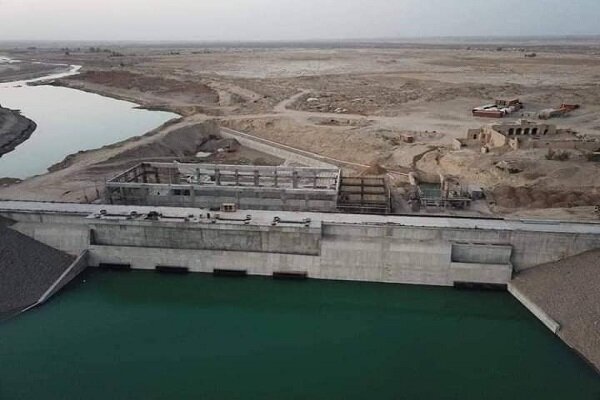Afghan-Iranian Treaty of 1973

TEHRAN- The Helmand River is regulated by a precise legal framework, and in accordance with an agreement made between the two nations in 1973 and confirmed by their respective legislatures, Iran’s water rights are distinctly defined and upheld by the Afghan government.
43% of Afghanistan, comprising the majority of the southern region, is drained by the Helmand River and its main tributary, the Arghandab.
It has a flow of around 140 m3/s on average, although it varies greatly yearly and seasonally because most of the water comes from the country’s central mountain range melting snow.
The 1973 deal states that Afghanistan must yearly deliver 850 million cubic meters of water from the Helmand River to Iran.
The 1973 agreement follows those recommendations to supply Iran with an average of 22 m3/s, and includes an additional 4 m3/s for “goodwill and brotherly relations”.
Treaty also establishes a new Helmand Commission to administer the provisions of the agreement (Art. VIII).
Monthly flow deliveries are specified in Article II of the treaty for “normal water years”, which is defined in Article 1(c) as a year with total flows upstream of Kajaki Dam at Dehrawud that are at least 5661 mcm between 1 October and the following 30 September.
Helmand Treaty is flexible in that in low flow years, provisions are made to reduce the flow allocated to Iran in proportion to their measured deviation from a normal year for any given month or months (Art. IV).
A major bone of disagreement between the two nations is Afghanistan’s decades-long noncompliance with the agreement.
The Helmand River, Afghanistan’s longest at 1,150 kilometers (690 miles), feeds the Hamun Lake in Iran’s Sistan-Baluchistan region.
The region is primarily reliant on the lake, and officials believe it has faced significant problems due to a continuous lack of water.
The only agreement Afghanistan has that expressly deals with water allocations is the 1973 Helmand River Treaty.
